Growth in Renewable Energy Sector
The Rare Earth Magnet Market is significantly influenced by the expansion of the renewable energy sector, particularly in wind energy. Wind turbines utilize rare earth magnets to enhance efficiency and performance. As countries invest in renewable energy infrastructure, the demand for wind turbines is expected to rise. Reports suggest that by 2025, the global installed capacity of wind power could exceed 1,000 GW, necessitating a substantial supply of rare earth magnets. This trend indicates a robust growth trajectory for the Rare Earth Magnet Market, as manufacturers seek to meet the increasing requirements of the renewable energy landscape.
Rising Demand in Electric Vehicles
The Rare Earth Magnet Market is experiencing a notable surge in demand due to the increasing adoption of electric vehicles (EVs). As automakers pivot towards electrification, the need for high-performance magnets in electric motors becomes paramount. In 2025, it is estimated that the EV market will account for a substantial portion of the overall automotive sector, with projections indicating that over 30 million electric vehicles could be sold annually. This shift not only drives the demand for rare earth magnets but also encourages manufacturers to innovate and enhance magnet efficiency. Consequently, the Rare Earth Magnet Market is poised for growth as it aligns with the automotive industry's transition towards sustainable energy solutions.
Emerging Applications in Medical Devices
The Rare Earth Magnet Market is witnessing growth due to emerging applications in the medical device sector. Rare earth magnets are utilized in various medical technologies, including MRI machines and other diagnostic equipment. As the healthcare industry continues to innovate, the demand for advanced medical devices is expected to rise. By 2025, The Rare Earth Magnet Market is projected to surpass 500 billion USD, indicating a substantial opportunity for the Rare Earth Magnet Market. This trend highlights the versatility and importance of rare earth magnets in enhancing medical technology and improving patient outcomes.
Technological Innovations in Electronics
Technological advancements in consumer electronics are propelling the Rare Earth Magnet Market forward. The proliferation of compact and efficient electronic devices, such as smartphones, laptops, and audio equipment, relies heavily on rare earth magnets for miniaturization and enhanced performance. As the electronics market continues to evolve, the demand for high-quality magnets is expected to rise. In 2025, the consumer electronics sector is projected to reach a valuation of over 1 trillion USD, further solidifying the role of rare earth magnets in this industry. This trend underscores the critical importance of the Rare Earth Magnet Market in supporting technological progress.
Increased Investment in Defense Technologies
The Rare Earth Magnet Market is also benefiting from heightened investments in defense technologies. Rare earth magnets are integral components in various defense applications, including missile guidance systems, radar, and communication devices. As nations prioritize military modernization and technological superiority, the demand for rare earth magnets is likely to increase. In 2025, defense spending is projected to reach unprecedented levels, with several countries allocating significant budgets for advanced military technologies. This trend suggests a promising outlook for the Rare Earth Magnet Market, as it plays a crucial role in supporting national security initiatives.



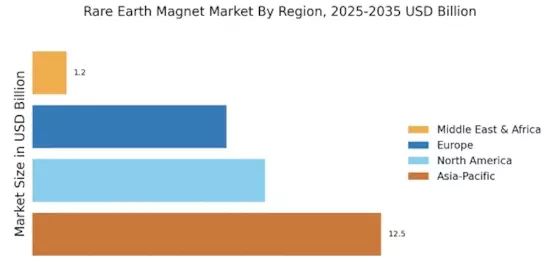
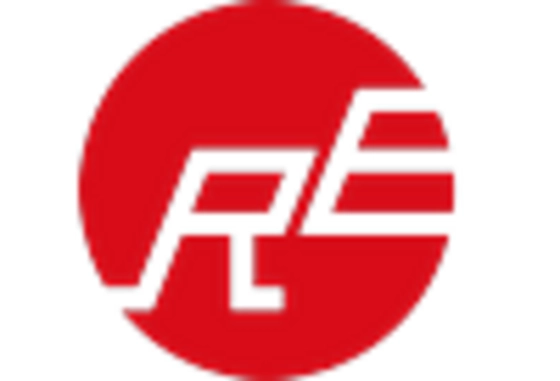
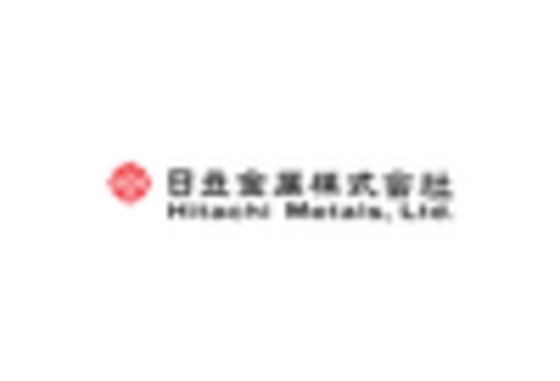
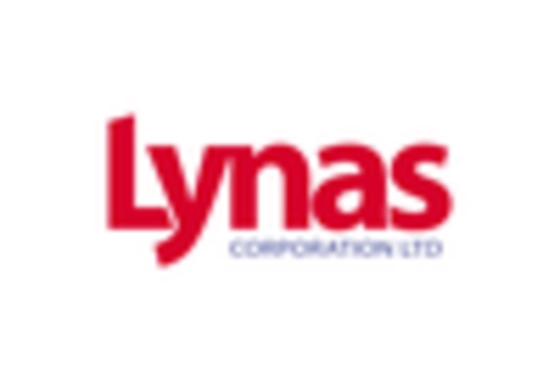
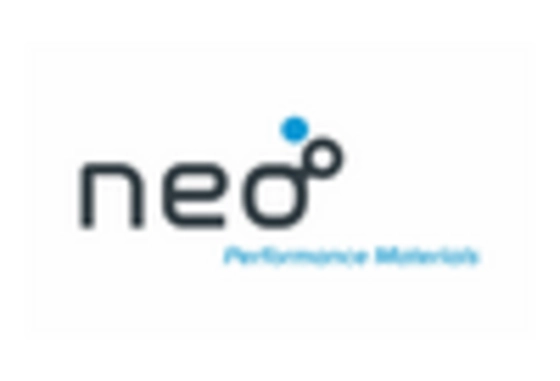
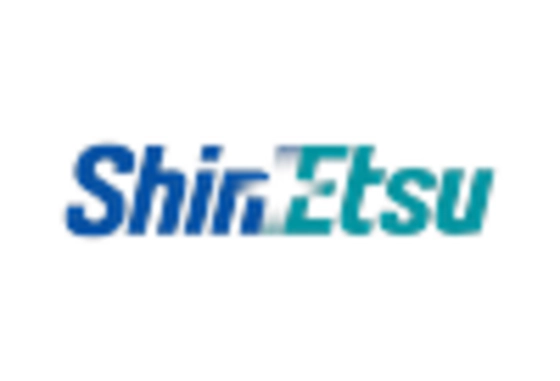
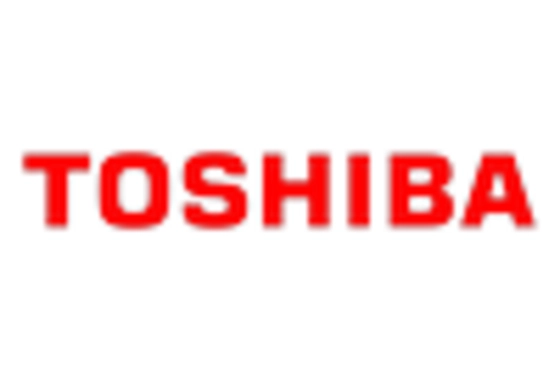








Leave a Comment